Located high in the Andes mountains of Peru, Machu Picchu is now believed to have been a sacred royal retreat for the Incan rulers. Built in the 15th century AD and abandoned less than a 100 years later, the remote site continues to amaze with its perfectly joined, mortarless, intricate stonework. Huge multi-ton blocks of stone are perfectly joined with each other, without the use of mortar or cement.
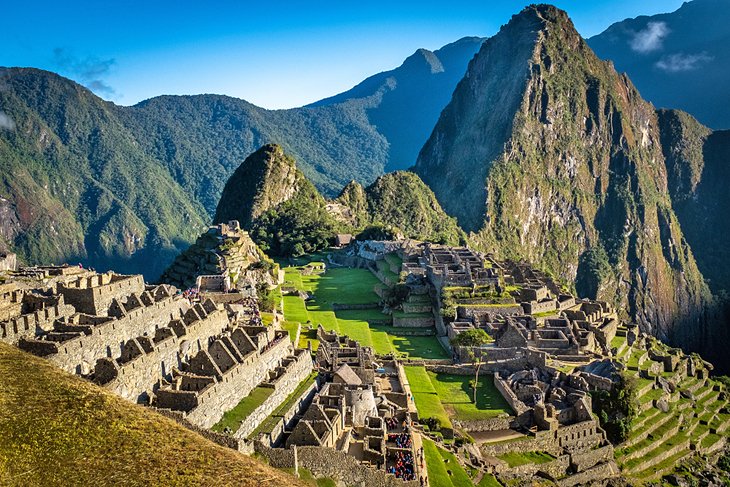
2. The Grand Canyon, Arizona
With geology formed over the past two billion years, yes billion, the 277 mile-long canyon itself is believed to have been started around five to six million years ago. It was formed by the flow of the Colorado River, which still flows through it and continues to erode the geology along its course. The Grand Canyon is up to 18 miles wide in places and up to a mile deep. Imagine standing on the edge, looking down a sheer rock wall almost a mile to the river below.
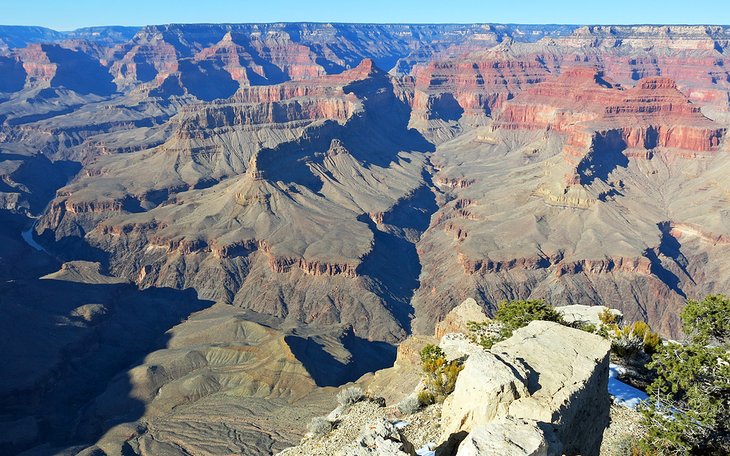
3.Rome, Italy
The Eternal City is more like a giant, living museum. Visitors are immersed in and surrounded by thousands of years of history. It's a relatively compact city, and a three-day itinerary gets you to the minimum number of must-see places. Take some time to explore the outskirts of Rome, too. Consider a hike along a tomb-lined section of the Appian Way, the ancient Roman superhighway, and a visit to one of the aqueduct ruins outside the city.
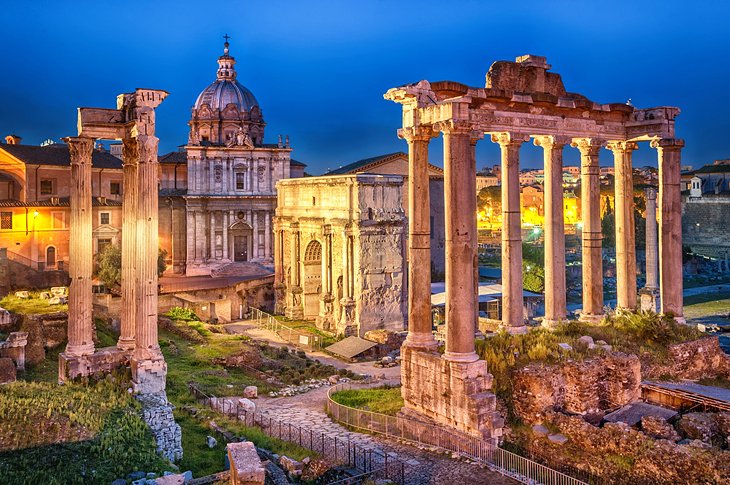
4. Maui Hawaii
This Hawaiian island offers a wide range of experiences for visitors. You can surf, enjoy a meal on the beach at a five-star luxury resort in Wailea, ride a horse across a dormant volcano in Haleakala National Park, or hike through a rainforest in the West Maui Mountains. The natural scnery this is the most nicest island ever. 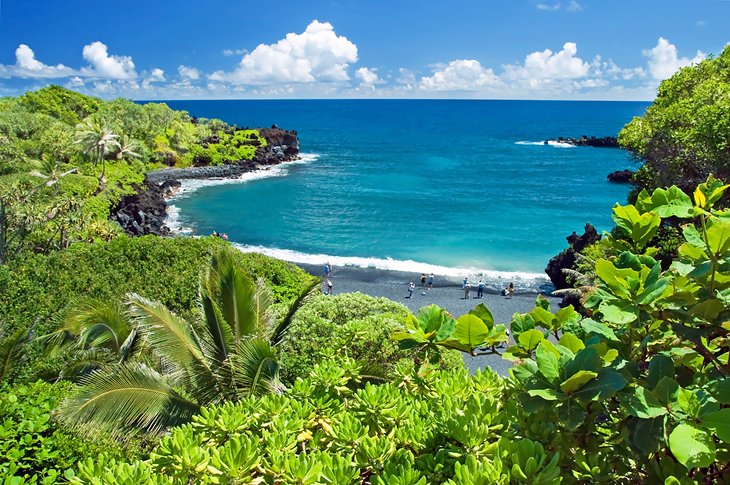
5. Masai Mara, Kenya
Kenya's Masai Mara is an incredible bio-diverse area and a popular safari destination. It's an opportunity to see the "big five" animals (lion, leopard, rhinoceros, elephant, and Cape buffalo) all during one trip or, if you're lucky, during one afternoon.
The protected Masai Mara National Reserve park area is huge, over 1,500 square kilometers of mainly grassland, extending all the way to the Serengeti plain of Tanzania.
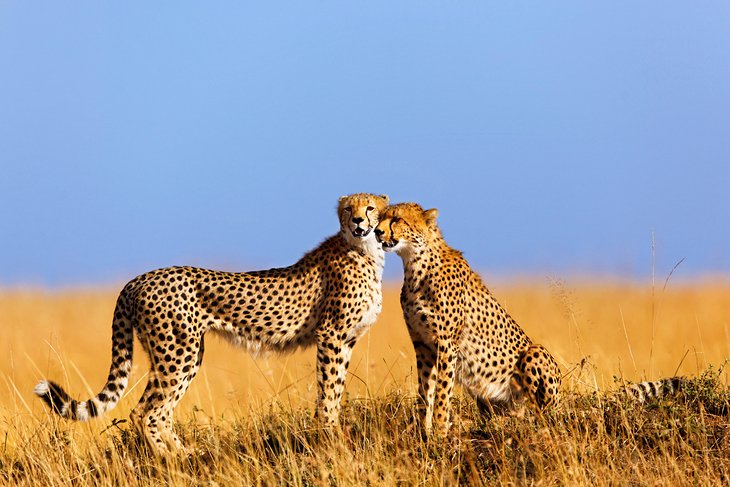
With geology formed over the past two billion years, yes billion, the 277 mile-long canyon itself is believed to have been started around five to six million years ago. It was formed by the flow of the Colorado River, which still flows through it and continues to erode the geology along its course. The Grand Canyon is up to 18 miles wide in places and up to a mile deep. Imagine standing on the edge, looking down a sheer rock wall almost a mile to the river below.

3.Rome, Italy
The Eternal City is more like a giant, living museum. Visitors are immersed in and surrounded by thousands of years of history. It's a relatively compact city, and a three-day itinerary gets you to the minimum number of must-see places. Take some time to explore the outskirts of Rome, too. Consider a hike along a tomb-lined section of the Appian Way, the ancient Roman superhighway, and a visit to one of the aqueduct ruins outside the city.

4. Maui Hawaii
This Hawaiian island offers a wide range of experiences for visitors. You can surf, enjoy a meal on the beach at a five-star luxury resort in Wailea, ride a horse across a dormant volcano in Haleakala National Park, or hike through a rainforest in the West Maui Mountains. The natural scnery this is the most nicest island ever. 
5. Masai Mara, Kenya
Kenya's Masai Mara is an incredible bio-diverse area and a popular safari destination. It's an opportunity to see the "big five" animals (lion, leopard, rhinoceros, elephant, and Cape buffalo) all during one trip or, if you're lucky, during one afternoon.
The protected Masai Mara National Reserve park area is huge, over 1,500 square kilometers of mainly grassland, extending all the way to the Serengeti plain of Tanzania.

The Eternal City is more like a giant, living museum. Visitors are immersed in and surrounded by thousands of years of history. It's a relatively compact city, and a three-day itinerary gets you to the minimum number of must-see places. Take some time to explore the outskirts of Rome, too. Consider a hike along a tomb-lined section of the Appian Way, the ancient Roman superhighway, and a visit to one of the aqueduct ruins outside the city.

4. Maui Hawaii
This Hawaiian island offers a wide range of experiences for visitors. You can surf, enjoy a meal on the beach at a five-star luxury resort in Wailea, ride a horse across a dormant volcano in Haleakala National Park, or hike through a rainforest in the West Maui Mountains. The natural scnery this is the most nicest island ever. 
5. Masai Mara, Kenya
Kenya's Masai Mara is an incredible bio-diverse area and a popular safari destination. It's an opportunity to see the "big five" animals (lion, leopard, rhinoceros, elephant, and Cape buffalo) all during one trip or, if you're lucky, during one afternoon.
The protected Masai Mara National Reserve park area is huge, over 1,500 square kilometers of mainly grassland, extending all the way to the Serengeti plain of Tanzania.

